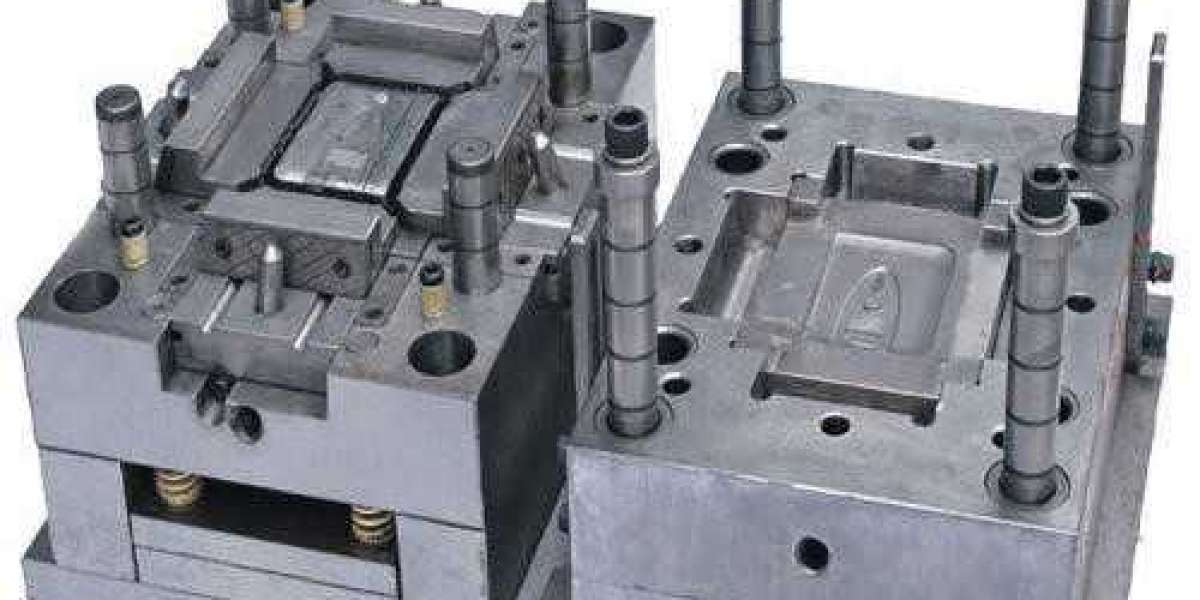The use of 3D printing as a tool has become increasingly important in recent years die casting mould as a means of reducing the time needed to bring a new product to market. While the dental and medical markets have already reaped the benefits of early adoption, the majority of other industries are just starting to consider the viability of 3D printing for low-volume production. Companies need to implement best practices to reduce risk and apply manufacturing rigor from the design phase all the way through delivery if they want to reap the full benefits of 3D printing as a viable production solution.
Here are five steps,Step 1: Identify the Right Project to Avoid Paperweights and Rabbitholes The first step requires the executive, engineering, operations, and supply chain teams to coordinate around the business problem you are trying to solve because the collective input of these teams will determine the success or failure of any 3D printing project. Paperweights and rabbit holes are examples of projects that should be avoided. If there is no general agreement on something, you will, in the end, have to pay a price for it.
In addition to this, it is essential to steer clear of the "complexity is free" trap. Although 3D printing allows for greater design freedom, it is not always the most effective method for manufacturing products with intricate designs. Beginning with the selection of the appropriate project and continuing through an overview of the most advantageous aspects of 3D printing and the most compelling business case. Jabil recently assisted one of their industrial clients in the utilization of cutting-edge 3D printing technology to produce under-the-hood air ducts for trucks. The component is only required in relatively small quantities, the materials and aesthetics can be easily supported, and the economic justification for doing so is strong. In the end, the accomplishment of this project served as die casting China an excellent stepping stone into the realm of 3D printing. Additionally, it sparked interest in and analysis of follow-up opportunities.
Step 2: Construct a business case and gain an understanding of the impact of true costs. Constructing a business case necessitates conducting an analysis of the economics, which includes not only the price per unit but also the total cost of incorporating 3D printing into the manufacturing process. The actual costs take into account a number of factors, including the amount of square footage, the cost of utilities, depreciation, maintenance, inspections, packing, and shipping. Members of the team whose responsibilities do not fall within the manufacturing domain routinely disregard this list.
When comparing the costs of 3D printing with those of traditional manufacturing methods, a careful analysis is required in order to identify all of the variables, such as shorter lead times or reduced inventory. Because some variables will have an effect on RD while others will have an effect on other parts of the supply chain, it is essential to take into account all aspects of quality, cost, and risk as the primary determinants.
Step 3: Include the teams responsible for commercial activities and supply chain management in the 3DP journeyThe majority of companies that provide solutions for global manufacturing have business operations teams and supply chain experts on staff who are willing to reduce risk throughout the entire production and manufacturing lifecycle. Risks in the supply chain frequently involve quality and cost, but their implications go much further. Even a bolt that only costs one penny can put a company's product at risk of losing thousands of dollars if it is only available from one supplier and is in short supply.
Due to the significant risk that is associated with procurement, it is important to investigate multiple 3D printing technologies or solutions in order to reduce risk. Working with a trustworthy manufacturing partner who has early experience with successful 3D printing is another way to reduce risk. This partner should have had previous success with 3D printing. Nevertheless, it is the responsibility of the commercial and supply teams to identify opportunities that will lower their investment risk and create conditions that will encourage demand. If these key elements are positioned to win more business, they will become leaders in the field of 3D printing, which will, in turn, pave the way for a greater adoption of the technology behind 3D printing.
Step 4: Submit an application for manufacturing each day and at each stage of the application process; top-tier brands anticipate receiving high-quality goods from their manufacturing partners. It doesn't matter if you use additive manufacturing or more traditional methods of production; quality must always be a priority. Any manufacturer that wants to add 3D printing technology to their solutions portfolio will need to pay the price of entry in the form of extensive qualification and validation of materials, processes, and machines as well as full supply chain integration.
To achieve a level of part quality and mechanical integrity that is consistent over the course of the production run, manufacturers are required to focus on and apply stringent manufacturing standards. This creates an environment that is indistinguishable from traditional manufacturing. It is important to keep in mind that the qualifications for suppliers can be quite rigorous, consisting of stringent standards and audit prerequisites. For instance, Jabil has just recently completed a project for a large manufacturer of medical implants who had stringent requirements, such as for package inspection, QA/QC, MPM qualification, closed cleanroom, full audit trail, reprocessing, packaging sterilization, and recycling.
When it comes to delivering designs for additive manufacturing, advanced process engineering is essential in ensuring process repeatability as well as overall machine utilization. This is important for a number of reasons, including specific processes as well as design prominence and cost. When first implementing DfAM, businesses should proceed with caution so that they do not make the design too complicated while simultaneously designing for added value, which could have an effect on the economic model.
Step Five: Educate, Evangelize, and Engage Components;It is essential to demonstrate milestones and share early success stories in order to drive momentum toward 3D printing. This will allow customers to start imagining the possibilities that come with using this technology. In addition, open communication with key players in the ecosystem of 3D printing is essential to driving the overall development of the 3D printing industry.

Consolidation of parts through the combination of multiple parts into one, resulting in cost savings; for example, General Electric's 3D printed fuel nozzle, which combined approximately 20 parts into one; reduction of component weight through the application of additive design methods, lightweight - topology optimization. to bring down the overall mass of satellites that are launched into space. Use of the same manufacturing method for structural design and prototyping results in reduced costs (such as those associated with materials and the elimination of costs associated with tooling), as well as a faster schedule. Reduced time needed to bring a product to market, including traditional prototyping, as well as accelerated development of automated processes and provision of traditional mass production units and material.
The majority of businesses are just getting started on their journey into 3D printing. When it comes to bridging the gap between 3D printing and mainstream manufacturing, early adopters will find that following a practical approach and best practices is extremely helpful. To paraphrase some advice that Bill Gates has given, it is possible for us to overestimate what we are capable of accomplishing in one year while simultaneously underestimating what we are capable of achieving in ten years. Even though the rate of adoption is still unknown, it is certain that 3D printing will have an indelible impact on the future of the manufacturing industry.








